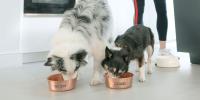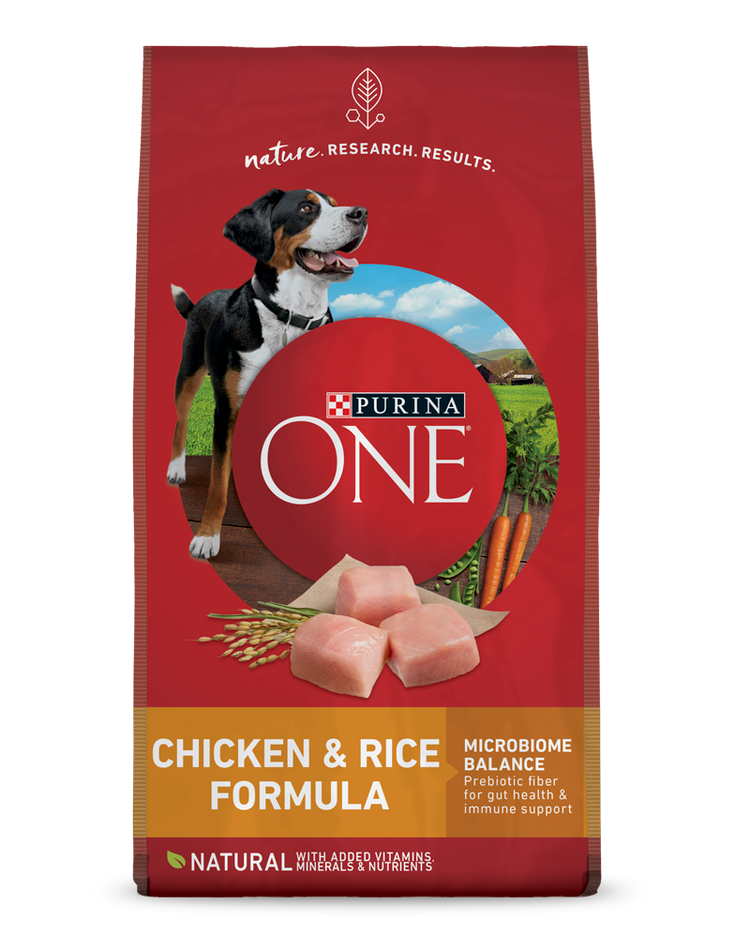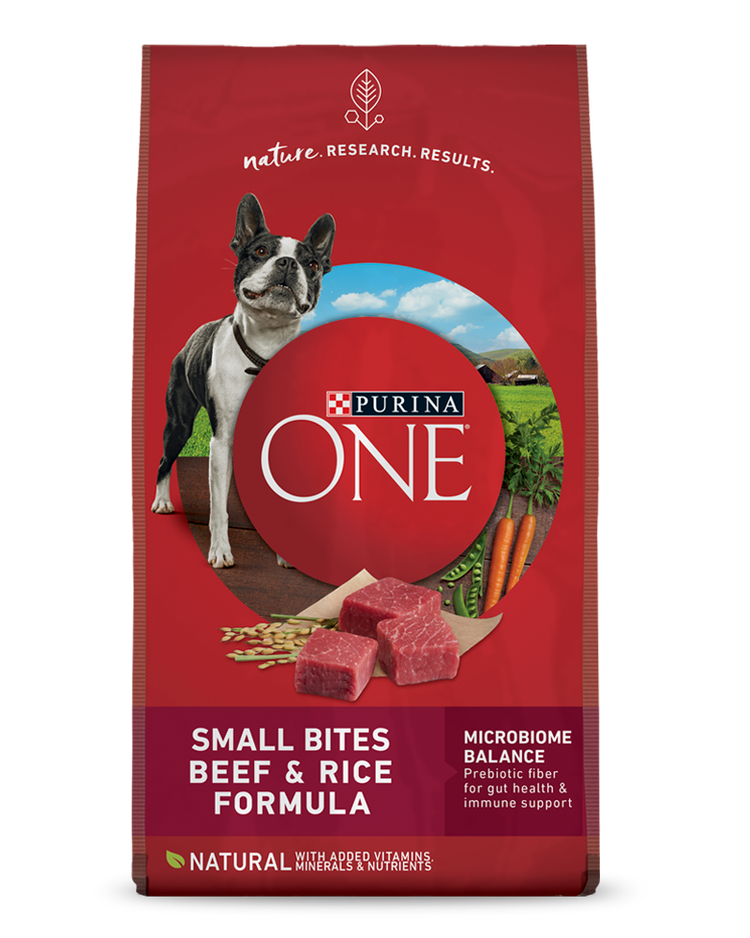Whether it’s changing to a dog food with a higher fiber content, adding a fiber-filled food topper or supplement to their daily meals, or introducing them to dog treats with high fiber content, adding fiber to your dog’s diet is an easy process in most cases. When adding food items to your dog’s diet to supplement fiber, you must ensure that calories from these items and additional treats do not make up more than 10% of your pet’s caloric intake.
The awareness of the benefits of dietary fiber in human diets has prompted many dog owners to ask about its benefits in dog foods. Once described as “filler” or “bulk,” fiber has gained recognition for the beneficial effect it has on the gastrointestinal system.
Here are some excellent sources of fiber that are commonly found in dog food:
- Beet Pulp: The by-product of extracting sugar from sugar beets, beet pulp is a fibrous material commonly used to feed livestock. Beet pulp benefits go beyond digestive health, as it can also support immune function and healthy skin and coat. Shredded beet pulp can be sprinkled on top of dog food and can also be given in the form of beet pulp dog treats or foods containing beet pulp.
- Soybean Hulls: The by-product of extracting oil from soybean seeds, soybean hulls, like beet pulp, are commonly fed to livestock. Often unfairly dismissed as “bulk” or “filler,” soybean hulls are an excellent fiber source for dogs.
- Wheat Bran: Wheat bran is the nutritious outer layer of the wheat grain and delivers a high amount of fatty acids and insoluble fiber to support healthy digestion. Wheat bran helps feed the beneficial bacteria within your dog’s gut and can prevent both diarrhea as well as constipation.
- Psyllium Husk: Containing both soluble and insoluble fiber, psyllium husk works as a natural bulk-forming laxative for dogs. Made from the husk of Plantago ovata plant seeds, psyllium husk can help relieve the symptoms of diarrhea and constipation in dogs.
- Cellulose: A structural component of the cell walls of plants, cellulose is an insoluble plant fiber to add bulk and increase the speed at which food moves through the digestive tract. Powdered cellulose, used in dog foods, helps support healthy digestion.
- Leafy Greens: Cabbage, kale, lettuce and spinach are all examples of leafy greens that are a good source of fiber for dogs. Aside from the fiber content, these leafy greens are packed with Vitamins A, C and K, plus plenty of minerals like calcium, iron and potassium.
While fiber can also be found in various other foods that dogs can eat, like pumpkin, carrots and apples, the amount of fiber within is typically limited.
What are the Benefits of Fiber for Dogs?
There are two types of fiber—soluble and insoluble—each delivering health benefits for dogs. Soluble dietary fiber can be broken down by the body and turned into short-chain fatty acids that the cells within the large intestine use as an energy source. In the case of some soluble fibers, they can also work as a prebiotic that feeds the healthy bacteria within your dog’s gut.
Insoluble fibers are not digestible and pass through the digestive system mostly unchanged. Insoluble fiber adds bulk to food without adding many calories and helps stimulate bowel movements.
Benefits of Soluble & Insoluble Fiber
Soluble Fiber
- Digestive Aid: While dogs cannot directly digest dietary fiber, during the digestive process, the beneficial bacteria found within your dog’s large intestine break down and ferment certain types of fiber. This process creates fatty acids, which can help to reduce the number of “bad” bacteria found within the gut.
- Diabetes Management: Dogs who suffer from diabetes may benefit from dietary fiber, as it can help lower blood sugar levels and prevent their blood glucose level from spiking. Dogs who ingest high fiber diets often see fewer fluctuations in blood sugar levels and, in some cases, may also see an improved sensitivity to insulin.
- Prebiotic Effect: Prebiotics serve as a food source that feeds the healthy bacteria in the gastrointestinal tract, which can improve immune, digestive and overall health.
Insoluble Fiber
- Promotes Healthy Bowel Movements: Fiber minimizes constipation by lending bulk to dogs’ intestinal contents. This, in turn, stimulates the intestinal tract and normalizes the passage of time through the bowels.
- Supporting a Healthy Weight: Dogs with excess body weight can benefit from fiber because it helps them feel full. This allows dog owners to reduce portion sizes and calorie consumption while still allowing their dog to feel satisfied after eating. Check with your veterinarian before you make any dietary changes, including portion sizes.
How Much Fiber Do Dogs Need?
While dogs don’t technically need fiber in their diet, it can still deliver some important health benefits. That said, the amount of fiber you should feed a dog is a matter of some conjecture in the dog food community, as there is no universally recognized optimal fiber intake value. Some estimates range from around 2.5 to 4.5 percent and no more than 10 percent of their diet.
If you’re thinking about adding fiber to your dog’s diet, it’s important to reach out to your veterinarian to find out if your dog might benefit from more fiber. They’ll have valuable insights as to how to incorporate fiber into their diet and how much to add.
Get more dietary insight, tips and advice on dogs from our experts on our Pet Expertise page.
Related articles

Find Your Pet’s Perfect Food
Get your personalized recommendation with our Pet Food Finder tool.








